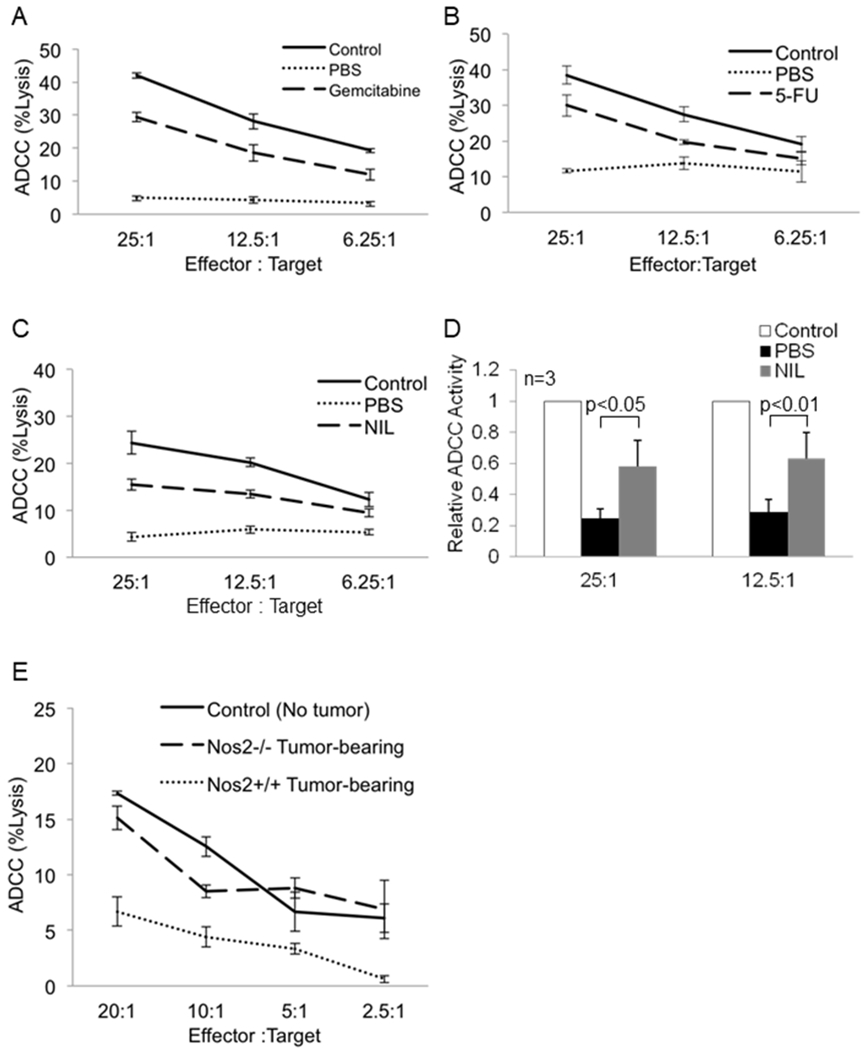Figure 5: Depletion of MDSC or inhibition of nitric oxide production in mice augments NK cell-mediated ADCC activity.

Female Balb/c mice were inoculated with 1x105 4T1 tumor cells or were left un-injected (no tumor-control). The mice were sacrificed 24 hrs after treatment. NK cells isolated from the spleen were used in a standard ADCC assay using trastuzumab-coated CT26-HER2 positive tumor cells as targets. (a) Mice were treated with PBS (vehicle) or gemcitabine (80 mg/kg). Graph displays mean percent lysis by pooled NK cells from 4-5 mice per treatment group. One of two representative experiments is shown. (b) Mice were treated with PBS (vehicle) or 5-fluorouracil (50 mg/kg). Graph displays mean percent lysis by pooled NK cells from 4-5 mice per treatment group. One of two representative experiments is shown. (c) NK cells isolated from mice treated daily for one week with PBS (vehicle) or iNOS inhibitor, L-NIL (20 mg/kg) were used in a standard ADCC assay using trastuzumab-coated CT26-HER2 cells. Each group consists of pooled samples from spleens of 5 mice. (d) Fold change in NK cell ADCC activity from mice treated as in (c). Values displayed are the means ± SE from three independent experiments, p< 0.05 for the 25:1 and 12.5:1 effector target ratios. Data was log-transformed for testing group difference using a linear mixed effect model with random donor effect, and the p-value was calculated using Bonferroni method. (e) Female C57BL/6 (wild type) and Nos2−/− mice were inoculated with B16F10 tumor cells or left un-injected (control). NK cells were isolated from the spleen and used in a standard ADCC assay using trastuzumab coated CT26-HER2 tumor cells. Each group consists of pooled samples from spleens of 3-4 mice. Values represent mean ± SD from one experiment.
